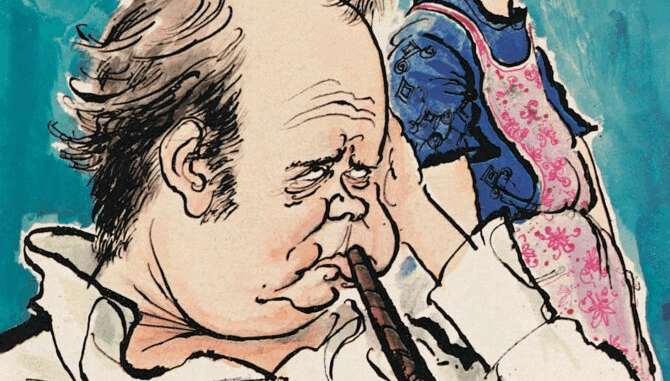
Norman Lear’s groundbreaking sitcom All in the Family not only revolutionized television storytelling—it also became a fixture on the cover of TV Guide during the early 1970s, symbolizing its cultural impact.
In the issue dated May 27–June 2, 1972, TV Guide featured a cover photo of Carroll O’Connor alongside Jean Stapleton, who portrayed Archie and Edith Bunker. Again, one year later, in the June 2–8, 1973 issue, the magazine spotlighted O’Connor with Mike Evans, the actor behind Lionel Jefferson, the Bunkers’ close neighbor and later a bridge to the spinoff The Jeffersons.
These consecutive cover appearances reflected how All in the Family had risen to become one of America’s most influential television programs. By 1972, it had already won multiple Emmy Awards including Outstanding Comedy Series, and it maintained the #1 spot in the ratings for five straight years.
Lear’s vision—a sitcom that tackled controversial topics like race, gender, and generational conflict through the bigoted yet strangely compelling character of Archie—ushered in a new era for the television medium.
From its earliest installment, All in the Family broke barriers. It featured dialogue unheard on television at the time, from slurs to frank discussions of war and social change. With a live studio audience, taped in color yet styled in muted, earthy tones to evoke a sepia‑toned family album, the show created a sense of authenticity and immediacy that viewers had never seen in a sitcom before.
By appearing on TV Guide’s cover twice within two years, the series’ visibility extended well beyond the screen—it had become a national conversation. The images not only promoted the show but also confirmed its role as a major cultural touchstone under Norman Lear’s creative leadership.
